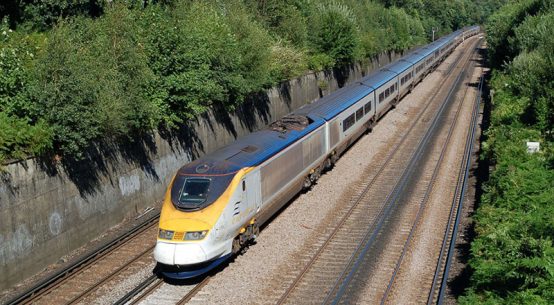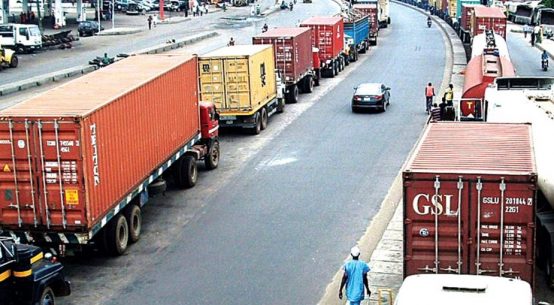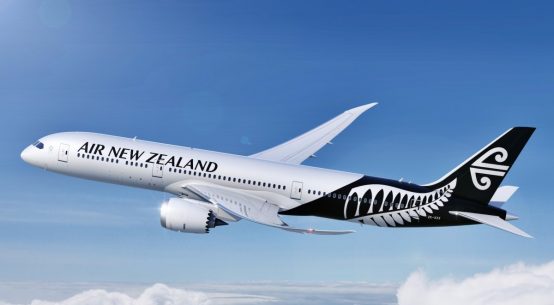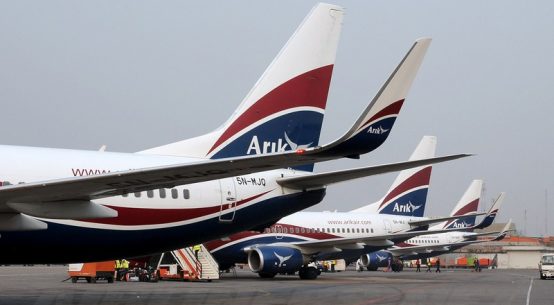
Container ship Cosco Development. /RODRIGO ARANGUA/AFP/Getty Images
In a bid to bolster its position as a maritime powerhouse, secure key supply chains, enhance its international trade capacities, and build up geo-economic leverage, China has been buying up the development and operational rights to a chain of ports that stretch from the southern realms of Asia to the Middle East, Africa, Europe, and even South America.
While big Chinese state-owned firms began acquiring ports around the world rather quietly roughly a decade or so ago, now, under the strategic framework of what has been dubbed the 21st Century Maritime Silk Road (MSR) — the watery part of the broader Belt and Road Initiative (BRI) — these acquisitions have taken on a booming significance as this inter-continental network begins to take shape.
It seems as if it is now almost daily news to hear about how a Chinese state-owned shipping firm has purchased a seaport or won the rights to develop a new ocean or land terminal in another country. On Monday, we found out that China Merchants Port Holdings just bought a 90% share of the Brazilian port operator TCP Participações for nearly a billion dollars. Before that, it was announced that Jiangsu province paid $300 million to build a free trade zone around Khalifa Port in Abu Dhabi — a seaport which saw a new terminal go to China’s COSCO at the end of last year. In July, China Merchants took control of Sri Lanka’s Hambantota deep sea port for $1.12 billion. Next, we may hear about how Lithuania finally opens the doors and lets China Merchants move in and do their thing at Klaipeda port. In the past year alone, China has invested over $20 billion into seaports on foreign terrain, doubling the amount they spent in the previous year, according to estimates by the Financial Times.
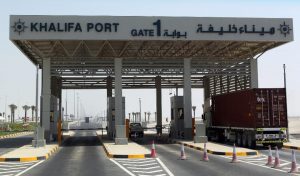
These new acquisitions add to China’s growing portfolio of international port holdings, which now span the world with terminals in Greece, Myanmar, Israel, Djibouti, Morocco, Spain, Italy, Belgium, Côte d’Ivoire, Egypt, and around a dozen or so other countries.
The 21st Century Maritime Silk Road was first announced by Xi Jinping in Jakarta a month after the initial revelation of the Belt and Road Initiative (then called One Belt, One Road) in Astana in 2013. The vision was for China to construct an array of three enhanced sea routes from China to Europe and Africa, and filling them with new ports, manufacturing zones, and even entirely new cities. While this initiative was initially often met with skepticism and even abject mockery by the international community, China has been cobbling it together piece by piece — port by port — and is now something that is extremely difficult to marginalize or ignore.
Over the past few years, China has created a fully state-owned and operated global shipping empire. Giant SOEs like China Merchants and COSCO Shipping are now running 29 ports in 15 countries and 47 terminals in 13 countries, respectively. On top of this, other, relatively smaller state-owned entities like Shanghai International Port Group, Ningbo Zhoushan Port, and the Port of Lianyungang are also jumping into the fray, gobbling up the world’s sea and land ports.
What does all of this mean?
Ocean shipping is, almost by definition, an international affair, and we need to ask if China’s recent maritime expansion is really anything out of the ordinary. Are we putting an undue emphasis on the port acquisitions of China without proper contextualization?
We live in a world where port operators from one country own and operate terminals in other countries. PSA (Port of Singapore Authority) operates terminals in 15 countries, Denmark’s Maersk Line has 76 ports in 41 countries, Switzerland’s Mediterranean Shipping Co (MSC) has 35 terminals in 22 countries, while Dubai’s DP World runs 77 ports in 40 countries. So if we just look at the raw numbers it would seem as if China’s maritime movements are in step with the rest of the world.
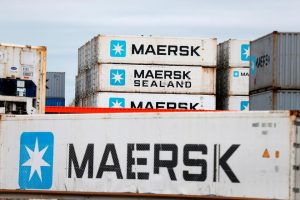
However, there are often some key differences between how China’s maritime companies operate internationally and what their projects look and feel like.
“COSCO and China Merchants Holdings — unlike PSA and DP World– do not function according to a fully commercial logic, but also have to align to state policies, such as the Belt and Road Initiative,” Olaf Merk of the International Transport Forum at the OECD explained. “Hence their willingness to pay higher prices for some terminals than any other operator would do.”
A case in point: COSCO shipping was given no less than $26.1 billion by the China Development Bank to throw into Belt and Road projects earlier this year.
While China’s new array of port holdings are fundamentally economically motivated projects there is a glaring political dimension as well.



